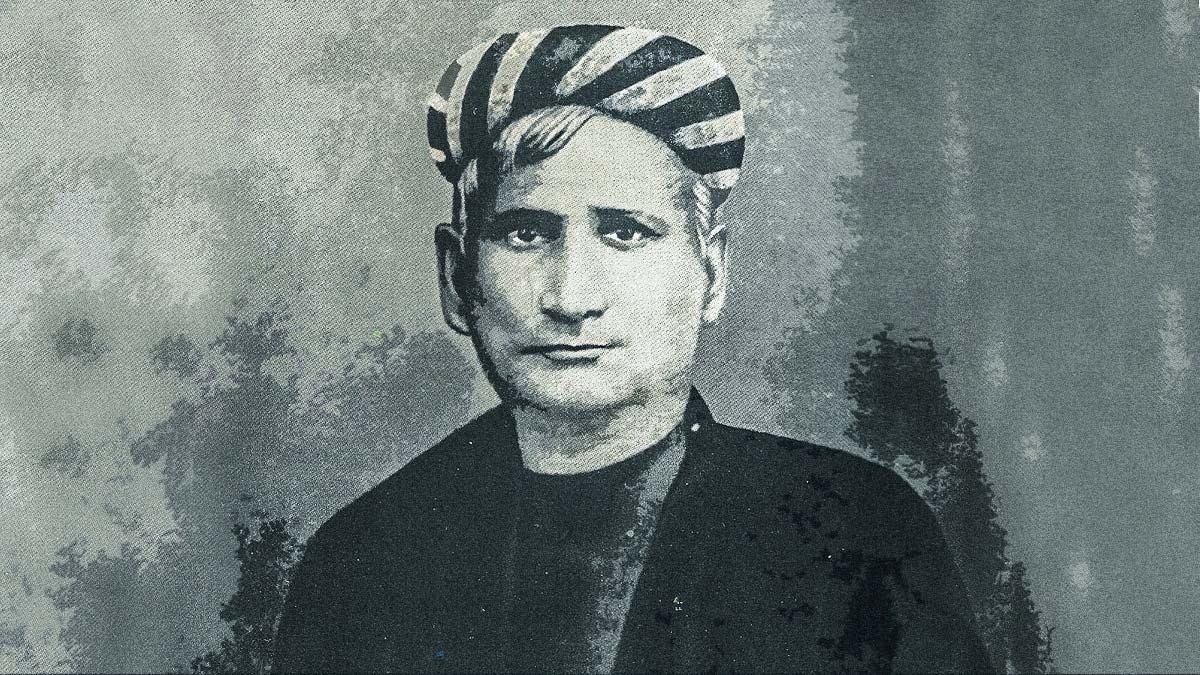November 7, 1875, was the sacred day of Akshaya Navami, when Bengal reveres Jagaddhatri, the world-sustainer.
That day, in the quiet village of Kanthalpada, Naihati, North 24 Parganas District, Bankim Chandra Chattopadhyay sat beneath a mango tree and wrote the six-stanza hymn that would become India's soul-cry: Vande Mataram.
Inspired by the tradition of Durga Puja, Chatterjee imagined the motherland as a living goddess watered by rivers, cooled by southern breezes, adorned with harvests, yet armed with a hundred arms to crush tyranny. For his call for obeisance to the motherland, Chatterjee fused Sanskrit grandeur with Bengali melody, creating an immortal poem rooted in ancient India.
THE POET
Bankim Chandra Chattopadhyay (anglicised as Chatterjee; June 27, 1838-April 8, 1894) was a government official who later became a deputy magistrate and collector of Midnapore and Durgadevi.
Despite his administrative role, he was a vocal critic of British colonialism. He began publishing early: his first English novel, Rajmohan's Wife (1864), marked his debut, but he soon pioneered Bengali prose fiction.
CHILDHOOD IN INK
For almost five years aft
Continue Reading on India Today
This preview shows approximately 15% of the article. Read the full story on the publisher's website to support quality journalism.
